
Jan Breman

Showing all 10 books
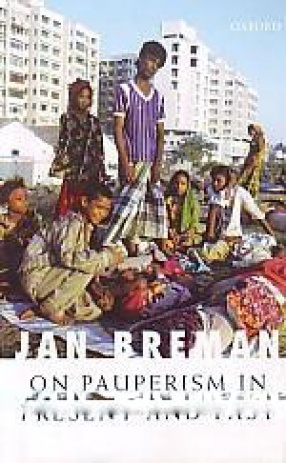
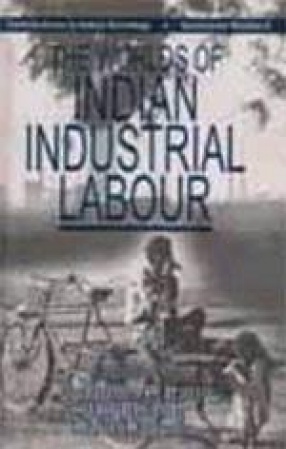


A large workforce of the country remains invisible, voiceless, isolated, and its work without validity. In this book, Jan Breman fulfils the need to speak up on behalf of the massive working poor.’—ELA R. BHATT, Founder, Self Employed Women’s Association, India.
With labour being pushed out of agriculture, Jan Breman analyses why, when, and how the massive shift in production and employment came about. The book is divided into two parts. The ...

This book examines poverty and inequality in India through a sociological-anthropological lens that goes beyond the quantitative and unravels the fuzzy landscape of the informal economy. Taking rural and urban case studies from Gujarat, it highlights the ordeal of these paupers—the non-labouring poor unable to take care of themselves, the migrant labour driven away from the village and back for lack of work, and an urban underclass redundant to demand, ...
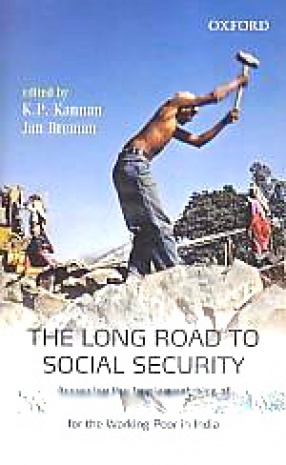
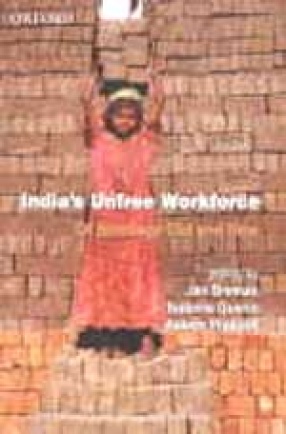
In the course of India's transformation to market capitalism, the use of unfree labour has increased dramatically. Hidden behind the glamour of accelerated growth in production, and visible signs of wealth, is the poverty and vulnerability of large segments of rural and urban workers. This volume analyses the historical, social, economic, technical, and political fabric of bondage, while highlighting the continuity between the past and the ...

As the tides of globalisation and privatisation sweep across the world, it sometimes appears as if the labourer has been obliterated from public discourse. Thus, while retrenchment, contractualisation and casualisation push workers out from the so-called formal sector to the largely non-unionised informal sector, millions languish in squalor, poverty and misery. Not only does this situation prevail in the developing world, it has also manifested itself in the ...

Bringing together original papers by anthropologists, sociologists and historians, this volume represents a response to the relative neglect in recent sociological research of the social processes and consequences of industrialization in India. It point to the continued disjunction between the study of industrial labour and the ‘traditional’ concerns of Indian sociology, which tend to emphasise the cultural particularity of India, and advocates a ...
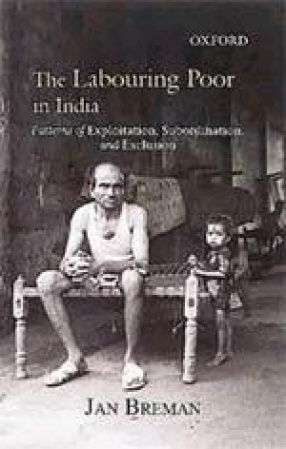
This book is a collection of essays, bound together by two dominant themes that reflect Jan Breman’s deep concern for the socially and economically disadvantaged sections of Indian society. The first theme focuses on rural society in a globalizing India and finds that the earlier marginality of the subaltern class has been perpetuated in spite of enhanced opportunities for employment and livelihood. The second theme explores the rural to urban migration of ...

In this book, sociologist Jan Breman and photographer Parthiv Shah continue their remarkable documentation and analyses of the working class in India that started with Down and Out, Labouring Under Global Capitalism (OUP, 2000). Working in the Mill No More carries more than 200 powerful images that narrate the story of the rise and decline of Ahmedabad's 120,000 textile mill workers. Describing the patterns of early recruitment and employment in the textile ...


This book is a companion volume to the recently published Labour Bondage in West India. Both the volumes are an outcome of the author's return to the villages of his earlier fieldwork in South Gujarat between 2004 and 2006. His aim was to ascertain whether economic growth during the last half century had indeed helped to improve the lot of the rural proletariat. As before, the poverty-stricken landless labourers are the subject of this study. Challenging the ...
